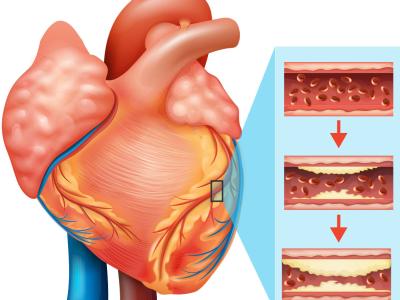
At present, big data technology is booming, and it plays an extremely important role in all aspects of our lives, from healthcare and financial services to smart city construction and personalized recommendations, big data applications are everywhere. Through the analysis and processing of massive data, big data technology not only improves the accuracy of decision-making, but also provides strong support for optimizing resource allocation, improving operational efficiency and achieving innovation. The use of big data to prevent and control heart disease is on the ri
- Categories:


